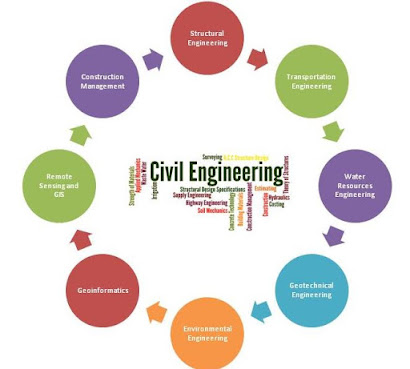Construction engineering generally involves whenever an airport, highway, dam, bridge, railway, or other large building projects goes up. Construction engineering is also seen in the design of the building and in the execution of the construction. While the design is an important part of the whole, While the design is an important part of the whole project, so they are choosing the right mix of materials and planning for all the different stages of construction.
Students who undergo construction engineering courses must also do construction management courses so that they know what goes on at the construction site and could actually work as a construction manager. However, a construction manager could not work as a construction engineer as he has not had enough training in the design aspect. Rather, his training focuses more on the methods of construction and on people management. They are more concerned with delivering a quality project on time and at the required budget.
So engineering is a great deal more about the design of a project and the construction engineer may even do such designing. However, often someone else such as an architect has the vision of the project and the construction engineering process is then brought in to find ways and means to make it work.
For instance, when the Sydney Opera House was designed by the architect, it was thought that such a design would never work. However, with a great deal of thought and a little bit of rearranging and experimenting by construction engineering experts, the look of the design was kept and the construction was able to go ahead successfully.
Engineers are generally problem solvers as they work out solutions to complex building problems using their capacity for scientific and analytical thinking along with imaginative flair. They must of course be highly trained and undergo a great deal of study and pass many difficult examinations. For this reason, they should gain excellent passes in math and science.
Their studies include such things as engineering mechanics, engineering design, and construction management which usually gives them a Bachelor of Science degree. This along with a little experience on the job will give them an entry into further university study which usually takes around five years to complete. Once they have the Professional Engineers (PE) license they can then expect to gain employment in any number of jobs with good salaries attached. Civil engineering is more about design than construction, although students for both must undergo the same examination to gain their PE license.
- CEM-Construction engineering and management
In Construction engineering and management (CEM) students have the opportunity to develop additional skills in the field of Management, Environmental Engineering, Mechanical engineering, Building information modeling (BIM), etc.
CEM or Construction engineering and management is responsible for planning and designing a project, constructing the project to the required scale, and management of the project.




Comments
Post a Comment